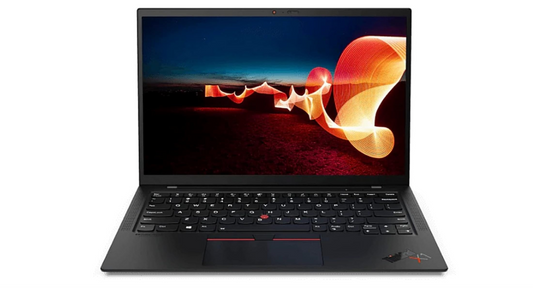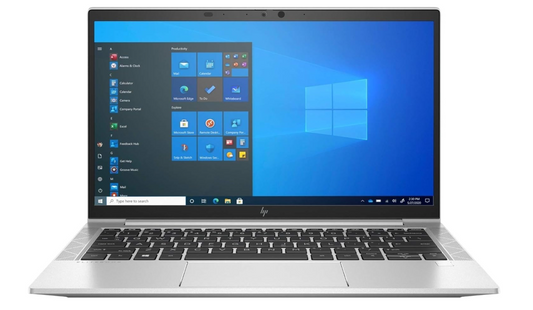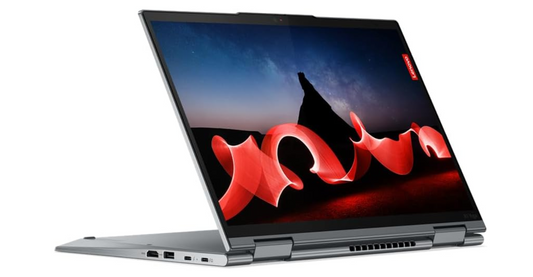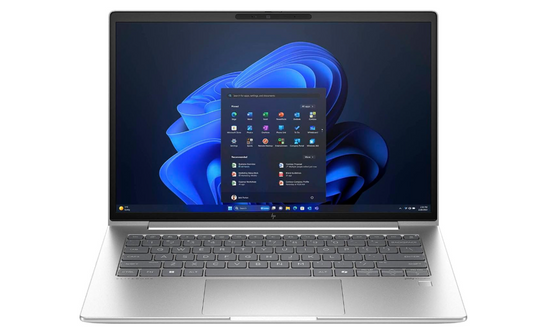The Evolution of the MacBook Pro: From 2017 to 2025
The Evolution of the MacBook Pro: From 2006 to 2025
The MacBook Pro has been a cornerstone of Apple's laptop lineup for nearly two decades, evolving through countless iterations to meet the needs of professionals, creatives, and tech enthusiasts alike. From the first Intel-based models in 2006 to the cutting-edge Apple Silicon-powered devices of 2025, the MacBook Pro has seen a whirlwind of changes in terms of performance, design, and features.
In this post, we’ll take a deep dive into the MacBook Pro's evolution from 2006 to 2025, highlighting key innovations, design shifts, and notable upgrades that have made it a beloved tool for professionals worldwide.
🏁 2006: The Birth of the MacBook Pro
Apple’s first MacBook Pro was unveiled in January 2006, marking the company’s shift from PowerPC processors to Intel-based chips. This was a major step toward Apple's future computing vision, offering improved performance, greater energy efficiency, and broader software compatibility.
Key Features:
⚫ Intel Core Duo processors (first Intel-powered Macs)
⚫ 15-inch and 17-inch displays
⚫ Aluminum unibody design (which would later define Apple's design language)
⚫ MagSafe charging for the first time
⚫ FireWire 400 and USB 2.0 ports
The 2006 MacBook Pro was sleek, thin, and powerful—starting what would become a new standard of performance in Apple's laptop lineup.
💻 2012: Retina Display and USB-C – A New Era Begins
In 2012, Apple introduced the MacBook Pro with Retina Display—one of the most significant upgrades in the product's history. The stunning high-resolution Retina display offered four times the pixel density of its predecessors, providing breathtaking visuals for creative professionals.
Apple also began its shift toward modern connectivity by adding the USB-C port, though it was not yet standard across all devices.
Key Features:
⚫ Retina display with 2560 x 1600 (13-inch) and 2880 x 1800 (15-inch) resolutions
⚫ USB-C/Thunderbolt 3 support (future-proofing connectivity)
⚫ Up to 16GB of RAM and 512GB SSD storage
⚫ Intel Core i7 processors and improved graphics
⚫ Enhanced audio system and speakers
The 2012 MacBook Pro quickly became the go-to machine for designers, photographers, and video editors.
🚀 2016: The Introduction of the Touch Bar
In 2016, Apple released a redesigned MacBook Pro featuring the all-new Touch Bar—a touch-sensitive OLED strip that replaced the traditional function keys. Though innovative, the Touch Bar received mixed reviews.
Key Features:
⚫ Touch Bar replacing function keys
⚫ Only Thunderbolt 3 (USB-C) ports—no traditional USB-A or HDMI
⚫ Enhanced battery life and speakers
⚫ Intel Core i7/i9 processors with up to 32GB RAM
⚫ True Tone Retina display
⚫ Force Touch trackpad
While powerful, the 2016 model was criticized for its butterfly keyboard issues and removal of familiar ports.
💡 2019: The Return of the Magic Keyboard and More Power
Responding to user feedback, Apple revamped the MacBook Pro in 2019, introducing the Magic Keyboard with a reliable scissor-switch mechanism and improving internal specs.
Key Features:
⚫ Magic Keyboard with scissor switches
⚫ 8th and 9th Gen Intel Core processors
⚫ Radeon Pro Vega graphics
⚫ Larger battery for extended runtime
⚫ True Tone display
⚫ Up to 64GB of RAM
This model became a favorite among video editors, photographers, and music producers, thanks to its blend of performance and reliability.
🚀 2021: Apple Silicon M1 Pro and M1 Max – A Massive Leap Forward
In 2021, Apple broke away from Intel entirely and introduced its custom Apple Silicon chips, starting with the M1 Pro and M1 Max. These chips delivered game-changing performance and efficiency.
Key Features:
⚫ M1 Pro and M1 Max chips for unparalleled performance
⚫ Return of MagSafe charging, HDMI port, and SD card slot
⚫ 120Hz ProMotion mini-LED display
⚫ Up to 64GB unified memory and 8TB SSD
⚫ Improved 1080p webcam
⚫ Battery life up to 21 hours
This model marked the beginning of a new era in Mac performance and integration, tailored for professionals in high-demand fields.
🌟 2023: M2 Pro and M2 Max – More Power, More Efficiency
Building on the success of the M1 chips, Apple launched the M2 Pro and M2 Max in 2023, delivering even better graphics, efficiency, and performance for the most demanding tasks.
Key Features:
⚫ M2 Pro and M2 Max chips
⚫ Up to 96GB unified memory
⚫ Enhanced 120Hz ProMotion display
⚫ Six-speaker system with spatial audio
⚫ Advanced webcam with improved color and clarity
The 2023 MacBook Pro solidified its role as the ultimate creative workstation, perfect for 3D artists, developers, and filmmakers.
🌐 2025: What’s Next for the MacBook Pro?
Looking ahead to 2025, expectations are high for the arrival of the M3 Pro and M3 Max chips. Rumors point to major advancements in AI capabilities, AR/VR integration, and even OLED displays.
Apple’s vision remains centered on delivering machines that combine power, elegance, and efficiency, ensuring that the MacBook Pro remains the gold standard for high-performance laptops.
Conclusion: A Legacy of Excellence
Since its debut in 2006, the MacBook Pro has continually adapted to the rapidly changing world of technology. With the shift to Apple Silicon, enhancements in display and audio, and a renewed focus on user experience, the MacBook Pro of 2025 represents the pinnacle of Apple's laptop evolution.
Whether you're a designer, developer, photographer, or videographer, the MacBook Pro has proven time and again to be a trusted companion. Its journey from Intel to Apple Silicon, from Retina to ProMotion, has ensured that it stays at the forefront of innovation.
As we move further into 2025, one thing is certain: the MacBook Pro’s future is brighter than ever.




